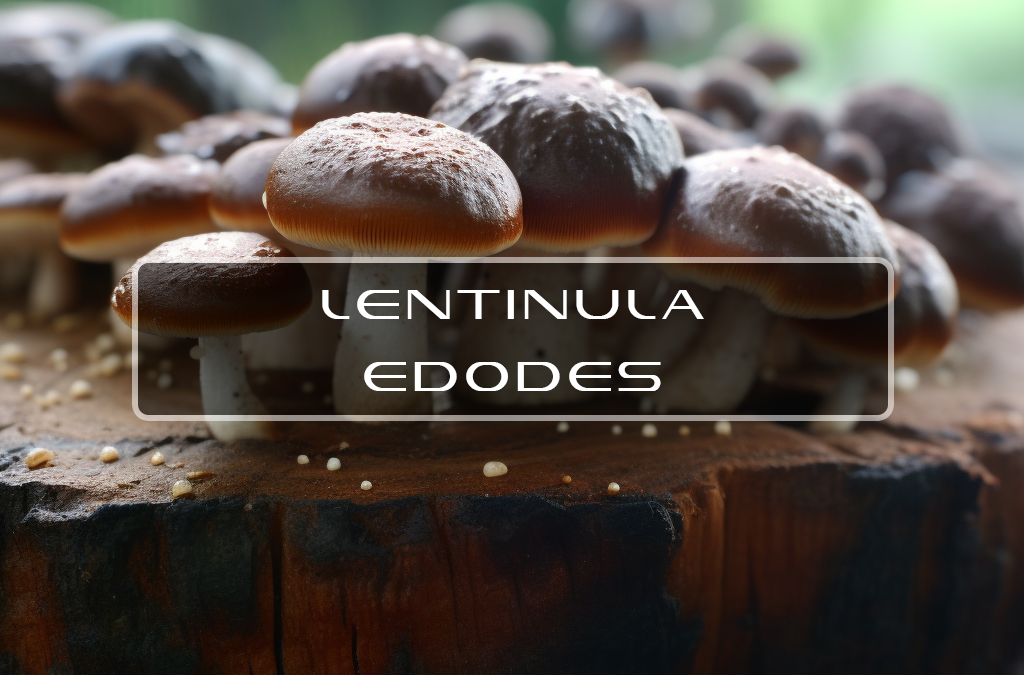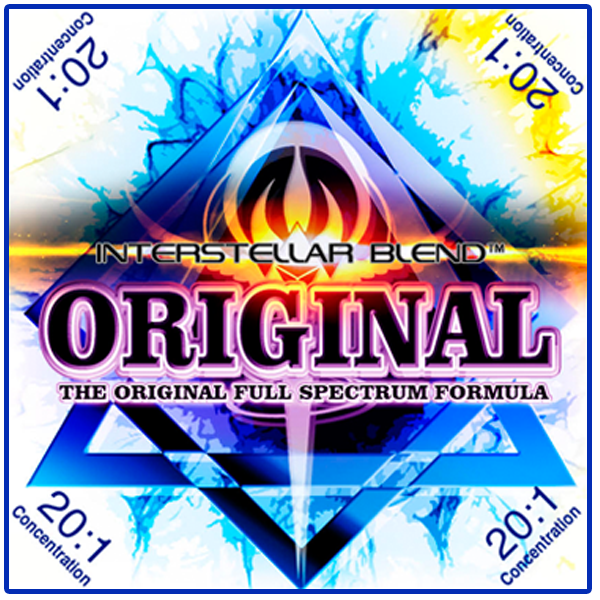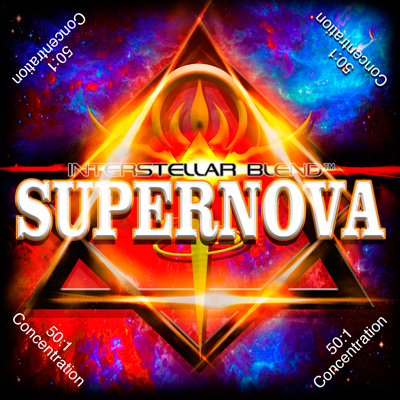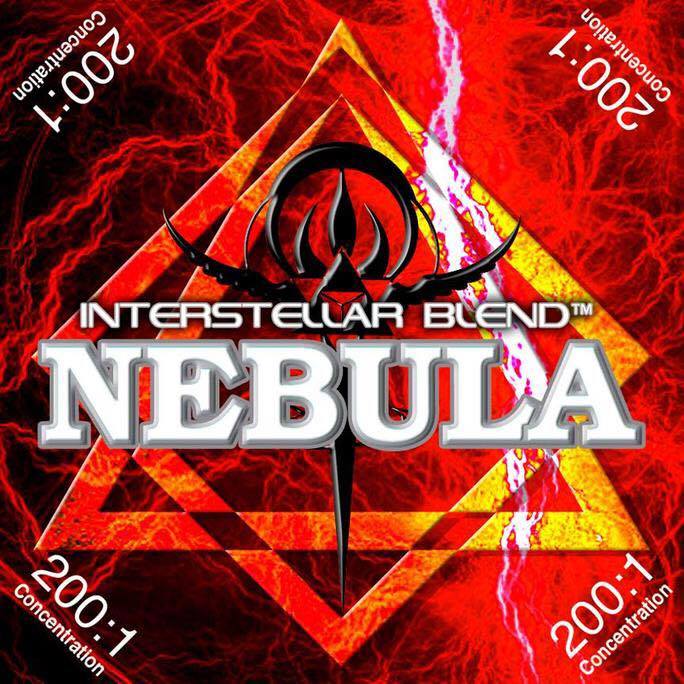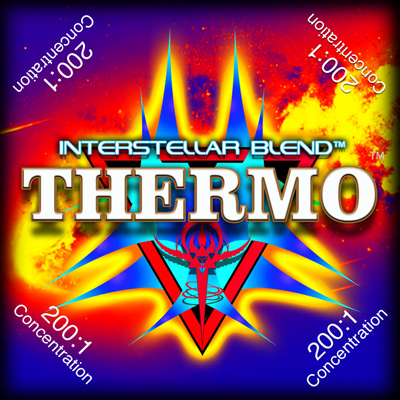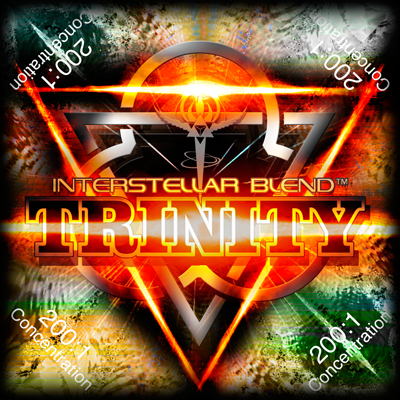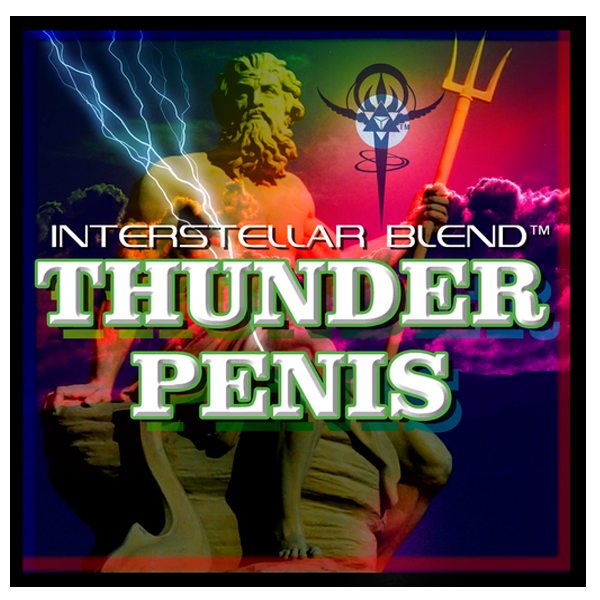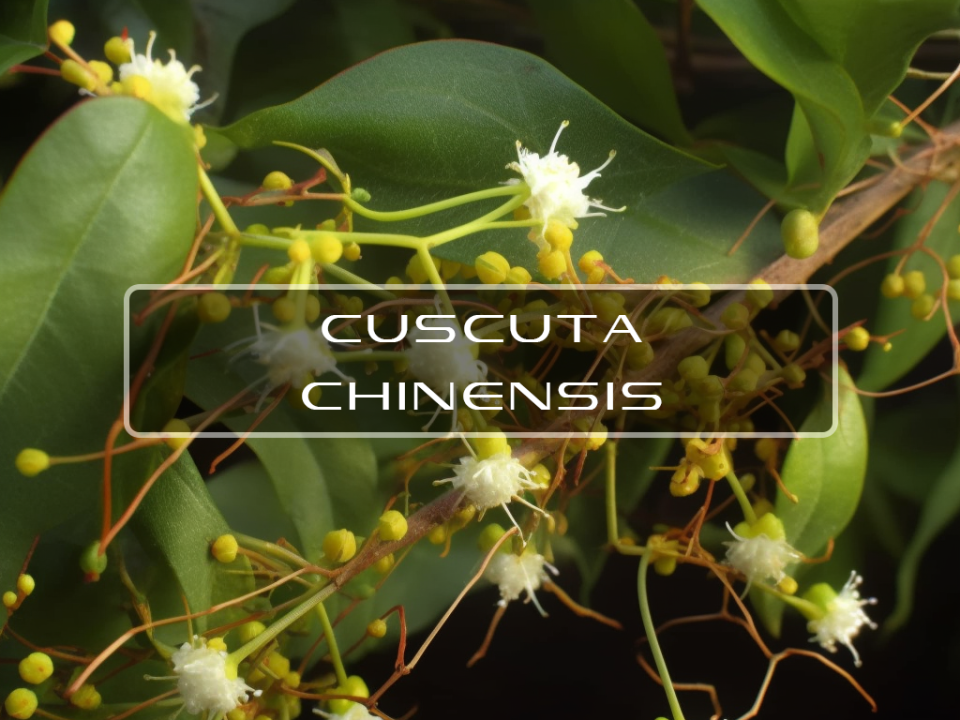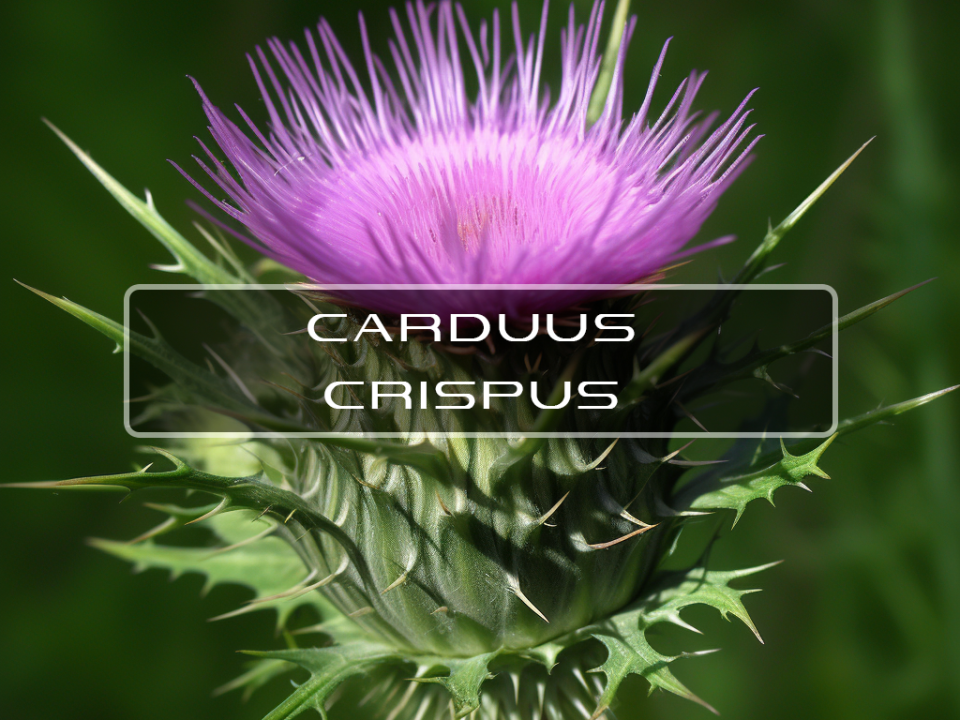
Cucumaria Frondos
October 24, 2018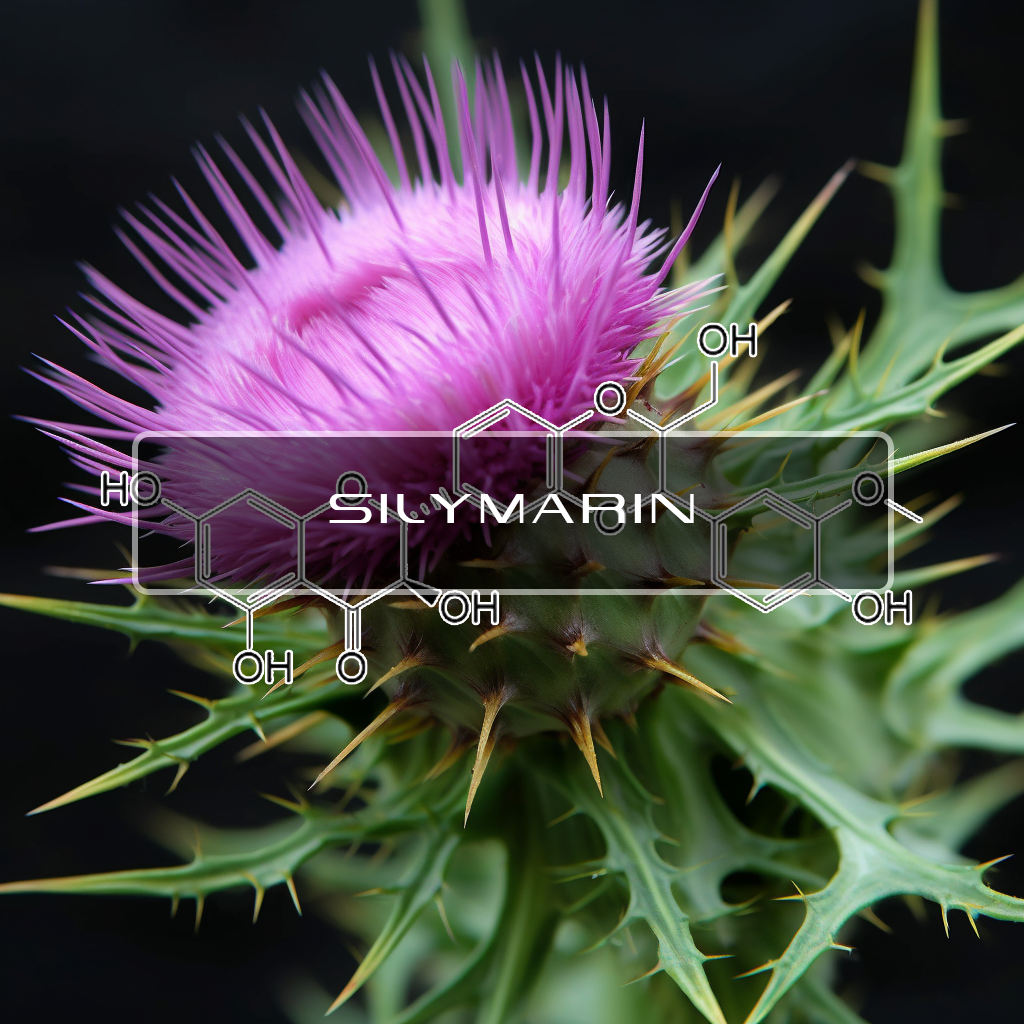
Silymarin
October 24, 2018Lentinula Edodes
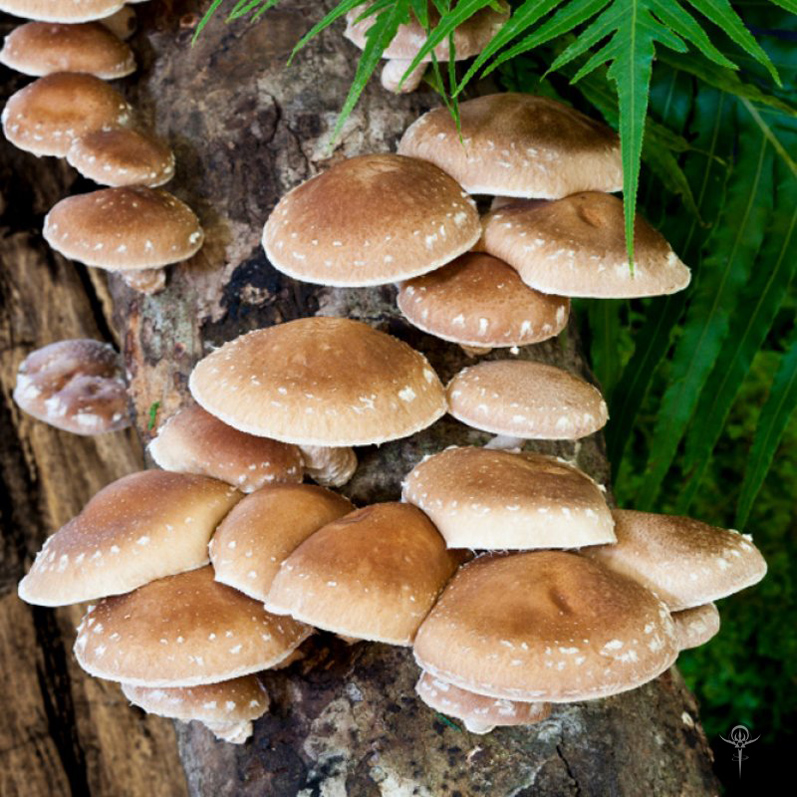
They are native to East Asia and are brown in color and can grow between 2 and 4 inches and grow on decaying hardwood trees.
Did you know that these mushrooms are the second most popular and third most widely cultivated and edible mushroom in the world?
The properties contained within these mushrooms ranges from having anti bacterial, anti viral, anti fungal effects along with many others listed below.
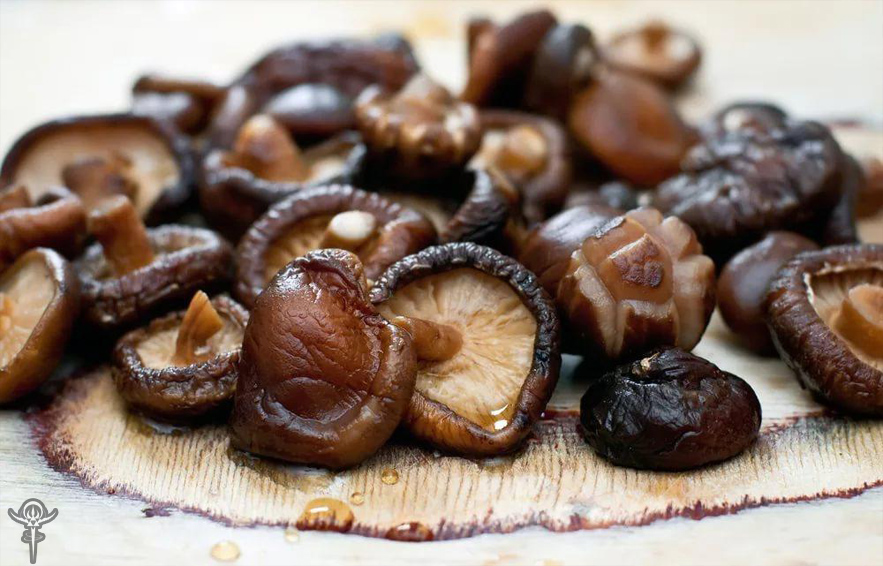
Benefits of Lentinula Edodes
The two main sources of vitamin D3 are de novo synthesis induced by exposure to ultraviolet (UV) light from the sun, and diet. Vitamin D3 deficiency causes rickets or osteoporosis.
Oak mushrooms (Lentinula edodes) that are exposed to UV radiation contain enhanced vitamin D2 and have much higher calcium content than unmodified (non-irradiated) mushrooms.
These results indicate that in mice, vitamin D2 and/or calcium derived from irradiated oak mushrooms may improve bone mineralization through a direct effect on the bone, and by inducing the expression of calcium-absorbing genes in the duodenum and kidney.
Apoptosis - In this study, potential roles of an ethyl acetate fraction from shiitake mushrooms were investigated by in vitro bioassays.
Concentration-dependent antiproliferative effects of the fraction were observed in all cell lines using the MTT assay. Approximately 50 mg/L concentration of the fraction induced apoptosis in 50% of the population of four human tumor cell lines and the fraction-induced apoptosis may have been mediated through the pro-apoptotic bax protein which was up-regulated.
These data suggest that inhibition of growth in tumor cells by "mycochemicals" in shiitake mushrooms may result from induction of apoptosis.
Anti-Cancer - In this study they determined whether supplemental amounts of a polysaccharide/oligosaccharide complex obtained from a shiitake mushroom extract (SME) would lower the prostate-specific antigen (PSA) level in patients with prostate cancer.
The endpoint for the trial was the lowering of the PSA levels.
Anti-tumor activity of mushroom fruit bodies and mycelial extracts evaluated using different cancer cell lines. These polysaccharide extracts showed potent antitumor activity against sarcoma 180, mammary adenocarcinoma 755, leukemia L-1210 and a host of other tumors. The antitumor activity was mainly due to indirect host mediated immunotherapeutic effect.
These studies are still in progress in many laboratories and the role of the polysaccharides as immunopotentiators is especially under intense debate. The purpose of the present review is to summarize the available information in this area and to indicate the present status of the research.
Mushroom β-glucans are pharmacologically active compounds stimulating anti-oxidant responses in animal cells.
This research suggests new perspectives to set suitable strategies against aflatoxins and L. edodes could be considered a promising tool.
Anti-Tumor - Antitumor activities of two types of purified virus-like particles (S and F) from Lentinus edodes (Shiitake) and of S-derived RNA were studied in mice. Multiple administration of the particles or of the RNA markedly reduced the mortality of mice injected with Ehrlich ascites carcinoma cells.
The powdered fruit bodies of shiitake (Lentinus edodes) showed antitumor activity when given orally to mice. The growth of tumors, both syngeneic and allogeneic, was inhibited by 57.9 to 78.6% in shiitake-fed mice.
The inhibition of tumor growth was mainly due to a glucan contained in the fruit bodies, but the lipid fracton also had inhibitory effects, although mild.
Feeding of the fruit bodies to mice in the diet was found to augment both the ability of macrophages to phagocytose latex particles and the spreading activity of the macrophages.
Prevent Blood Pressure Increase - In this study they looked at the effects of Shiitake (Lentinus edodes) and Maitake (Grifola frondosa) on hypertension, spontaneously hypertensive rats (SHR) were fed a diet containing 5% mushroom powder and 0.5% NaCl solution as drinking water for 9 weeks.
Shiitake feeding resulted in a decrease in VLDL- and HDL-cholesterol whereas Maitake feeding caused a decrease in VLDL-cholesterol only. Plasma LDL-cholesterol was not affected by dietary mushrooms.
The results suggest that dietary mushrooms prevent blood pressure increase in hypertension.
Antimicrobial - Medicinal mushrooms, including shiitake, have long been known for their immune system boosting as well as antimicrobial effects; however, they have not been employed in the treatment of oral disease.
In the current study, the effectiveness of shiitake mushroom extract was compared to that of the active component in the leading gingivitis mouthwash, containing chlorhexidine, in an artificial mouth model (constant depth film fermenter).
The results indicated that shiitake mushroom extract lowered the numbers of some pathogenic taxa without affecting the taxa associated with health, unlike chlorhexidine which has a limited effect on all taxa.


